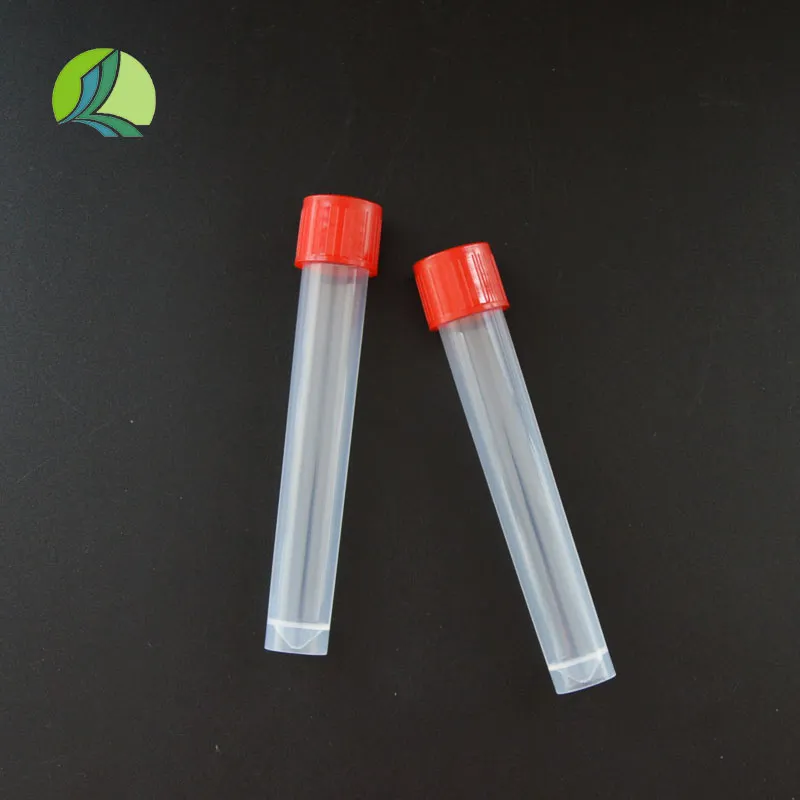https://www.wahmg.com/)">
Are the tops of medication vials free from contamination and sterile?
Are the tops of medication vials free from contamination and sterile?
Are Medication Vial Tops Sterile? Understanding the Importance of Sterility in Pharmaceutical Packaging
Are Medication Vial Tops Sterile? Understanding the Importance of Sterility in Pharmaceutical Packaging
Medication vials are typically made from glass or plastic and are sealed with rubber stoppers and aluminum caps. The rubber stopper, which comes into direct contact with the medication, plays a vital role in maintaining sterility. Manufacturers adhere to strict guidelines and regulations to ensure that the vial tops and stoppers are sterile upon leaving production facilities. This may involve the use of sterilization methods such as autoclaving, gamma irradiation, or ethylene oxide gas treatment. Each of these methods aims to eliminate microbial life, ensuring that the vials remain uncontaminated during their shelf life.
are medication vial tops sterile

Once the vials are filled with medication, they are often subjected to additional sterilization processes. Some medications require special handling and must be aseptically filled to prevent contamination. By adhering to Good Manufacturing Practices (GMP), pharmaceutical companies minimize the risk of introducing pathogens during the filling and sealing processes. Ensuring that vial tops remain sterile until they are opened is essential for preventing infections and ensuring patient safety.
However, the sterility of medication vial tops can be compromised if vials are not stored or handled properly. Factors such as exposure to moisture, temperature fluctuations, and damage to the vial can increase the risk of contamination. Healthcare professionals must be aware of these risks and take appropriate measures to maintain sterility, including using aseptic techniques when accessing vials and avoiding touching the rubber stopper with bare hands.
In summary, while medication vial tops are designed to be sterile upon manufacture, maintaining that sterility requires vigilance throughout the product's lifecycle. Pharmaceutical companies implement stringent sterilization protocols to ensure safety, and healthcare providers play a crucial role in preserving this sterility during handling. As patients and consumers, understanding the importance of sterility in medication packaging helps underscore the need for careful storage and handling practices, ultimately contributing to safer healthcare outcomes.
-
Wholesale Plastic Juice Bottles with Caps 16 oz Options Available Bulk Packaging SolutionsNewsJun.10,2025
-
Laboratory Apparatus Reagent Bottle – Durable & Chemical Resistant Bottles for Safe StorageNewsJun.10,2025
-
Squeezable Dropper Bottles Durable, Leak-Proof & CustomizableNewsMay.30,2025
-
Affordable Plastic Petri Plates Sterile & Disposable Lab-GradeNewsMay.30,2025
-
Eye Dropper Caps Precision 24/410 & Plastic Bottle-Compatible TipsNewsMay.30,2025
-
Affordable Mini Spray Bottle Price & Wholesale Deals Shop NowNewsMay.29,2025





















